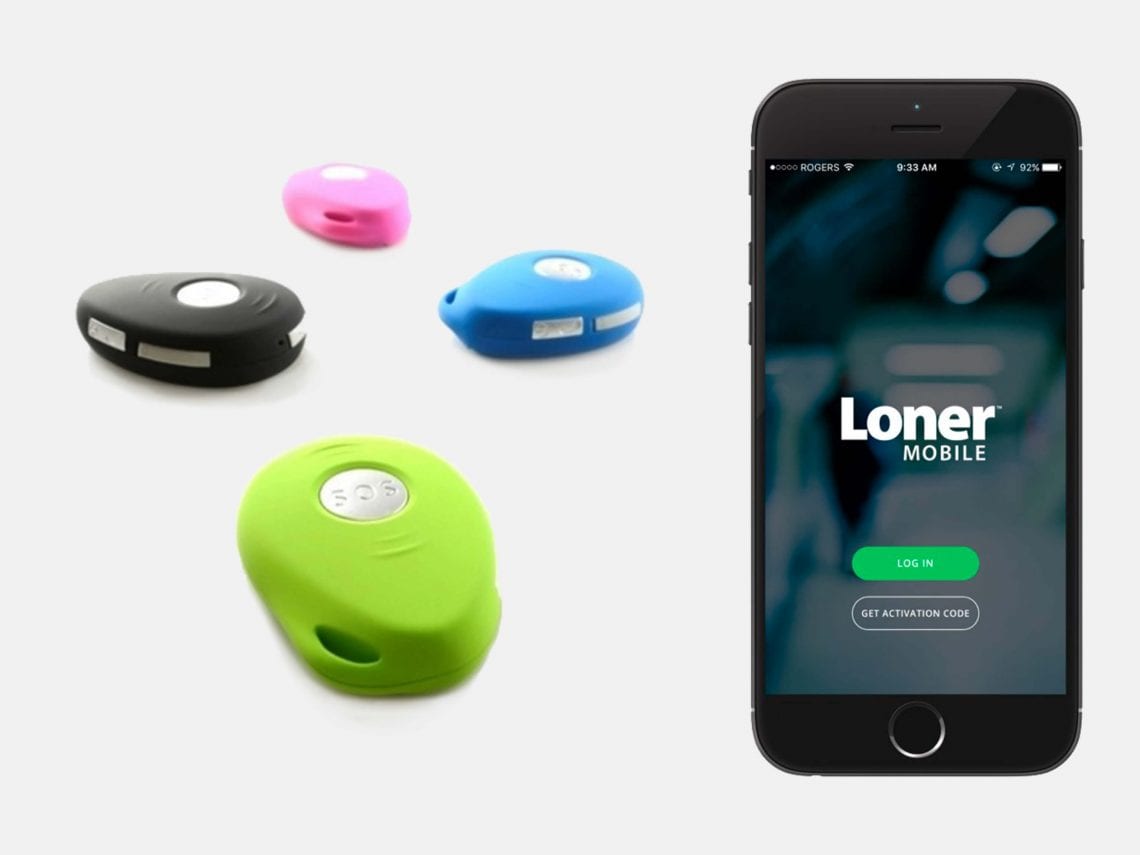All employers want to keep their staff safe while they’re carrying out their daily tasks. It’s a duty of care for organisations to protect their employees whose roles require them to work alone, even if there are no specific laws or regulations obliging them to do so.
Many businesses will have a group of some employees who have to work alone, and there are many situations where they might need to call for help, or where it’s important to be able to periodically check they are safe. Increasingly, it’s becoming best practice to provide lone workers with some form of technology that helps to protect them. In this blog, we look at the various options available, from mobile apps to wearable systems like lanyards or standalone GPS tracking and SOS devices.
Mobile apps
Mobile apps are useful for lone worker protection because most people now have their own smartphones, or their job provides them with one, so they don’t need to carry another device with them. The Loner Mobile App works with Android and iOS platforms and comes with GPS tracking capabilities for employee safety. The Loner Mobile App lets users raise an SOS alert sounder or silent alarm in the event of an emergency situation.
The user switches on the tracking feature when they start work. If they haven’t done so after a certain period of time, the designated central control station will send them an alert to remind them to switch on their app and to check they’re OK. This feature is highly customisable to a company’s bespoke requirements. For example, depending on the nature of the work, you can set the check in feature every 30 minutes, or only at certain times of the day.
Alternatives to apps
It’s important to tailor the right lone worker solution according to the scenario or the environment the employee is likely to be in. For example, an engineer or technician might need to carry out repairs after climbing up a scaffolding or an electricity pylon. In cases like this, it could be dangerous for them to reach into a back pocket to respond to an alert on their smartphone. In that case, a more robust belt-attached pager system is more suitable.
Similarly, if the employee is in an emergency situation where they may be physically threatened, then reaching for a mobile phone or panic alarm is too obvious a sign they are in danger. In that case, the employer should choose a more discreet option like an SOS button that lets them call for help. If the risk relates to falling or injury, then it can be useful to have a backup option like a manual latch such as the Loner Duo, which automatically communicates events like falls, or detects if the worker hasn’t been moving for an extended period of time.
Oversight and escalation
Another important step is to agree an escalation path together with the employee and, if appropriate, the external security provider. The company should have a portal or interface showing their lone workers are on a map. Any SOS alerts automatically flash up red instead of green. If the employee has fallen and may be injured, the escalation path might look like this:
- The worker sets off the SOS to alert their company to send help
- The monitoring station calls the worker to ask if they are ok?
- If there’s no reply, the controller sends a mobile patrol driver.
- If the employee is hurt or needs assistance, contact emergency
services - How quickly do you alert the worker’s line manager?
Out-of-hours monitoring
The nature of some jobs mean that lone workers might be working outside office hours, so companies that are deploying technology to protect their staff need to ensure they have a manned monitoring station that can handle two-way voice communication with the worker and can respond in real time to a security event. Some companies may not have the resources to do this, so they should choose a security company that is capable of providing 24/7 monitoring and rapid response. They may already be working with a security company that guards physical premises, but it is worth checking whether this company has the capacity to provide lone worker protection to the required standard.
Trying to daisy-chain multiple security providers might not be the answer. Keep in mind many security incidents are highly time-sensitive, so having to escalate an issue through multiple providers could slow down the speed of response. In situations involving risk to personal safety, time could be a critical factor, and your choice of security provider should reflect this.
Choosing the right technology to protect lone workers is important, but it’s just as vital to look at all of the monitoring and response services around wearable device or mobile app. You need confidence that if an employee raises an alarm, any alert is seen and responded to as quickly as possible. That’s why it’s critical to evaluate your security service provider so you can be sure they deliver the best standard of safety your lone workers need.
